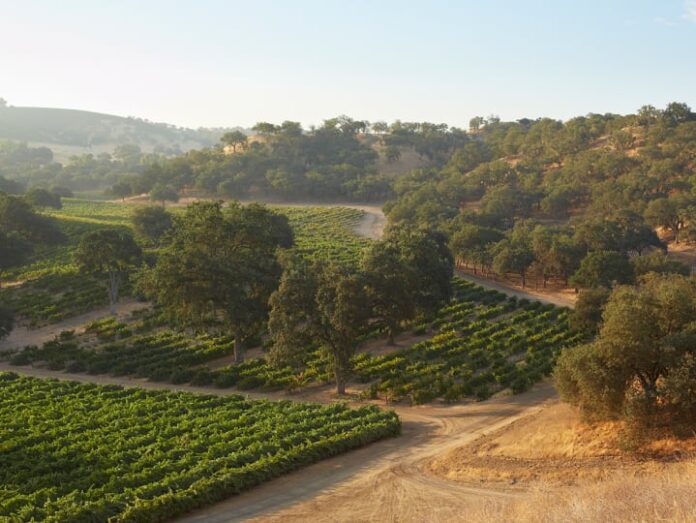Napa. Sonoma. St. Charles County, Missouri?
The United States’ best-known wine-growing regions (and best, period) are on the West Coast. Napa and Sonoma have the most prestige, but commercial vineyards extend from Paso Robles in the south to Washington State’s Columbia River Valley in the north.
These aren’t the only vineyards in America, of course. They aren’t even the oldest. Like the country itself, the American wine industry started out farther east. One of the first proper wine-growing regions took root in the 19th century amid the rolling hills of east-central Missouri, not far from St. Louis.
Wine From the Start
Missouri’s premier wine-growing region is centered on the community of Augusta, about 35 miles west of St. Louis. Many people believe it’s poised to come back in a big way — and perhaps eventually to take its place among the Napas and Sonomas of the world. For example, David Hoffmann recently stepped down as CEO of the Hoffmann Family of Companies to devote more time toward helping transform the Augusta wine region into a world-class destination.
But that’s just the latest act in a story that began nearly two centuries ago.
Augusta grew up in the 1830s around a river port — everything moved by river in those days — built to transport agricultural goods to St. Louis and on to markets in the southern and eastern U.S. The land was fertile even by the standards of the famously productive Mississippi River basin, and the hilly terrain fostered microclimates conducive to then-popular wine grape varietals.
Mount Pleasant Estates, the area’s oldest wineries (and one of the oldest commercial wineries in the U.S.) was founded in 1859. By the 1860s, Augusta was home to a thriving wine industry. It soon proved invaluable to the global wine industry as a source of phylloxera-resistant vines for French vineyards battling the pest; the city of Montpelier, France, commemorated the good deed with a statue of Missouri’s state entomologist in the public square.
Decline and Rebirth
The good times didn’t last. In the 1920s, Prohibition devastated Augusta’s wine industry, which by then was the second-largest in the country. The town was already in decline due to the closure of the river port, and the shuttering of its signature industry felt like a death blow.
Things were tough in Augusta for many years. The wine industry recovered only in fits and starts during the middle of the 20th century; the locus of U.S. commercial production had by then shifted to larger, milder vineyards in California.
Things were looking better by the early 1980s. Augusta’s beautiful scenery, historic downtown, and proximity to St. Louis attracted growing crowds of day-trippers. Several new wineries opened during the 1970s. Perhaps more importantly for its reputation as a legitimate wine producer, the Augusta AVA earned federal recognition in 1980 as the country’s first official wine region. (Yes, Augusta got its AVA before anywhere out West.)
But the area’s shrunken wine industry remained small. Tourists came for other reasons: art galleries, antique shops, the nation’s longest contiguous recreational trail. It wasn’t until recently that Augusta’s oenological pedigree bubbled back up.
A Promising Future (That’s About More Than Wine)
Public interest had been growing in the Augusta area’s wine industry since the 2010s, and a mix of second-generation and upstart wineries were already doing brisk business.
The real catalyst, though, was Hoffmann’s $100 million commitment to turn St. Charles County into a proper international wine destination — a Midwestern rival to the Napas and Bordeauxes of the world. His company has invested in at least four area wineries. Mount Pleasant Estates, the crown jewel, is looking to double its production in this decade, leaving plenty left over for distribution.
Since then, developments have come fast and furious. Several vineyards have been or are in the process of being refurbished and refitted for a modern clientele. A 12-hole, Rees Jones-designed golf course is in the works. So is a five-star hotel with a destination restaurant and spa. The disused riverfront is opening back up, with evening cruises and waterside festivals to follow. Independent businesses are already taking advantage of the influx of cash to fix up fading storefronts and expand existing locations.
Wine is the hook that will bring visitors — and new life — to Augusta and surrounding communities. But its future will be about much more than wine.

